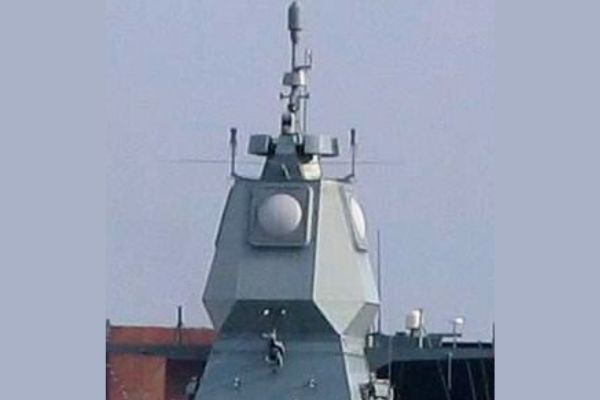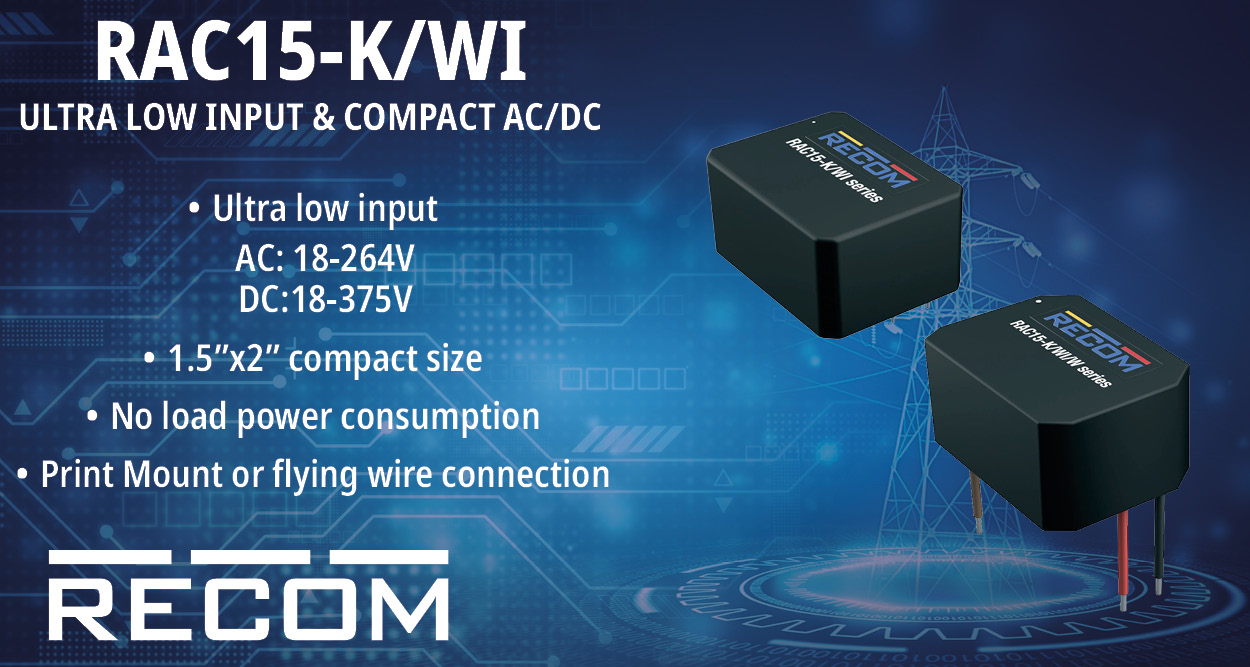According to Precedence Research, the global active phased array radar market size is expected to attain around USD 9.17 billion by 2034 increasing from USD 3.70 billion in 2024, with a CAGR of 9.50%.
Active Phased Array Radar Market Key Points
- In 2024, the U.S. active phased array radar market was valued at $1 billion.
- North America held the largest share of the active phased array radar market in 2024.
- Asia Pacific is projected to witness the fastest growth across regions during the forecast period.
- Among platforms, the land-based segment accounted for the largest market share in 2024.
- The naval segment is anticipated to register the highest growth rate between 2025 and 2034.
- By frequency band, the S-band segment captured a significant share of the market in 2024.
- The W-band segment is expected to grow at a strong CAGR throughout the assessment period.
- In terms of function, the anti-ship warfare segment led the market in 2024.
- The early warning segment is projected to experience rapid growth in the coming years.
- Based on power output, the low power segment dominated the market in 2024.
- The high power segment is forecast to expand at a notable pace in the years ahead.
- By antenna type, the planar antenna segment held the largest market share in 2024.
- The conformal antenna segment is anticipated to grow significantly between 2025 and 2034.
How Is Artificial Intelligence Revolutionizing the Active Phased Array Radar Market?
Artificial Intelligence (AI) is significantly enhancing the capabilities of the Active Phased Array Radar (APAR) market by transforming how radar systems detect, process, and respond to threats. AI-driven signal processing improves target identification and tracking accuracy, especially in cluttered or jamming environments.
It enables autonomous threat detection, adaptive beamforming, and real-time decision-making, which are essential in modern, fast-paced combat and surveillance operations. Additionally, AI supports the development of cognitive radars that dynamically adjust their parameters based on environmental changes and threat behavior.
Beyond performance, AI also improves operational efficiency and lifecycle management. It enables predictive maintenance by forecasting component failures, reducing downtime and costs. AI facilitates data fusion and seamless integration with other defense systems, contributing to enhanced situational awareness in network-centric warfare. These advancements are positioning AI as a critical enabler of next-generation radar systems, driving innovation and growth in the APAR market.
What is Active Phased Array Radar (APAR)?
Active Phased Array Radar (APAR) is an advanced radar system that uses multiple solid-state transmit/receive modules to steer radar beams electronically. Unlike traditional radar systems that rely on mechanical movement, APAR enables rapid beam steering, allowing it to scan large areas and respond to threats in real time. This makes it highly effective for modern defense and surveillance operations.
One of the key benefits of APAR is its ability to track multiple targets simultaneously, including fast-moving aerial, ground, and maritime threats. Its modular design and lack of moving parts enhance reliability, reduce maintenance needs, and enable easy system upgrades. The radar’s electronic beam steering also allows for quick switching between functions like detection, tracking, and fire control.
APAR is widely used in military applications such as air and missile defense systems, naval ships, fighter aircraft, and unmanned aerial vehicles (UAVs). In addition, it plays a growing role in civil sectors, including weather monitoring and air traffic control. With its high precision, resilience against jamming, and multifunctional capabilities, APAR is a critical component in next-generation radar systems.
Regional Outlook of Active Phased Array Radar Market
North America
North America leads the global market, with the U.S. as the primary driver. In 2024, the region’s market size surpassed USD 1.33 billion, and it is projected to grow at a CAGR of 9.67% through 2034.
Growth is fueled by high defense budgets, rapid adoption of advanced radar technologies, and the modernization of military assets-especially for air and missile defense. The U.S. military’s focus on countering hypersonic missiles and unmanned aerial threats further accelerates regional demand.
Asia Pacific
Asia Pacific is expected to be the fastest-growing region during the forecast period. Rising geopolitical tensions and increasing defense budgets in countries like China, India, and Japan are key factors. China’s military modernization and India’s investments in naval and air force capabilities are boosting demand for advanced radar systems.
The region’s growth will also depend on the development and integration of domestic APAR technologies with air defense systems.
Europe
Europe is witnessing significant growth, driven by heightened air defense needs and increasing defense budgets across the continent. The European Defense Fund (EDF) is promoting cooperation in advanced radar technology to strengthen regional security.
The expansion of UAV operations and deployment of hypersonic missiles are also contributing to the market’s momentum in Europe.
Market Scope
| Report Coverage | Details |
| Market Size by 2034 | USD 9.17 Billion |
| Market Size in 2025 | USD 4.05 Billion |
| Market Size in 2024 | USD 3.70 Billion |
| Market Growth Rate from 2025 to 2034 | CAGR of 9.50% |
| Dominating Region | North America |
| Fastest Growing Region | Asia Pacific |
| Base Year | 2024 |
| Forecast Period | 2025 to 2034 |
| Segments Covered | Platform, Frequency Band, Function, Power Output, Antenna Type and Regions |
| Regions Covered | North America, Europe, Asia-Pacific, Latin America, and Middle East & Africa |
What Are the Key Segmental Insights of the Active Phased Array Radar Market?
Platform Insights
Land-Based: Land-based APAR systems dominated the market in 2024. These radars are essential for missile defense, border surveillance, and airspace monitoring. Their preference among defense organizations is due to their reliability in air defense and border protection. The ongoing development of advanced air defense systems globally continues to drive demand for land-based APARs.
Naval: The naval segment is expected to grow at the fastest rate in the coming years. APAR systems on naval vessels enhance threat detection, navigation, and defense strategies. Rising geopolitical tensions, especially in the South China Sea and Indo-Pacific, and the modernization of naval fleets-such as the U.S. Navy’s destroyers and submarines-are fueling this growth.
Frequency Band Insights
S-Band: S-band APAR systems held the largest market share in 2024. They are valued for medium-range capabilities, weather resistance, and are widely used in air traffic control and weather observation. Their ability to operate effectively in rain and fog has made them indispensable for both military and civilian applications.
W-Band: The W-band segment is projected to grow rapidly due to its ability to deliver precise radar imaging. This is especially beneficial for advanced military systems, UAVs, automotive radar, and missile protection systems, where high-resolution, short-range detection is required.
Function Insights
Anti-Ship Warfare: This segment led the market in 2024. APARs are vital for real-time target detection and precision targeting on naval platforms, supporting destroyers, frigates, and coastal defense systems. The global emphasis on maritime security and protection of exclusive economic zones is increasing demand in this segment.
Early Warning: The early warning segment is expected to expand quickly, driven by government investments in defense infrastructure and the need for rapid threat identification. Early warning APARs are critical for detecting missile threats and airspace violations over extended ranges.
Power Output Insights
Low Power: Low-power APAR systems accounted for the largest share in 2024. They are favored for their energy efficiency, cost-effectiveness, and suitability for both commercial and military applications, such as air traffic monitoring and compact military operations.
High Power: High-power APAR systems are projected to grow significantly, primarily used in missile defense and for tracking distant or low-altitude targets. Increasing adoption by defense agencies for extended-range surveillance and missile defense is propelling this segment.
Antenna Type Insights
Planar Antenna: Planar antennas led the market in 2024 due to their adaptable, cost-effective, and compact design. They are widely used in air traffic management and other real-time operational environments.
Conformal Antenna: Conformal antennas are expected to witness strong growth, especially for stealth and low-observable platforms. Their aerodynamic design and seamless integration into host structures make them ideal for advanced military and aerospace applications.
Active Phased Array Radar Market Companies
Thales Group: Leading developer of advanced naval and airborne APAR systems, widely deployed in global defense.
Selex ES (now part of Leonardo S.p.A.): Known for the Kronos AESA radar family, used in air and naval defense applications.
Saab: Supplies advanced APAR systems primarily for European air and naval defense.
Raytheon Technologies: Major provider of cutting-edge APAR solutions for military surveillance and defense worldwide.
Lockheed Martin: Developer of advanced radar systems like the AN/SPY-7(V)1, used in missile defense platforms.
Leonardo S.p.A.: Key supplier of sophisticated APAR systems across land, air, and naval platforms.
L3Harris Technologies: Offers integrated APAR radar solutions for enhanced military situational awareness.
Kongsberg Gruppen: Focuses on naval APAR systems and collaborates on maritime defense technologies.
Indra Sistemas: European supplier of APAR radars for air defense, naval, and surveillance roles.
China Electronics Technology Group Corporation (CETC): Leading Chinese developer of high-power APAR systems for domestic and export markets.
CEIEC: Supports export and integration of Chinese APAR and radar technologies internationally.
BAE Systems: Develops and deploys APAR systems for land, air, and naval defense, often partnering with Thales.
Aselsan: Turkish company focusing on indigenous APAR development for national and export defense needs.
Airbus Group: Involved in airborne APAR system development and European radar technology collaborations.
Source: https://www.precedenceresearch.com/active-phased-array-radar-market

















